China-LAC relations enter new era of strategic cooperation and shared prosperity
- Update Time : Thursday, May 15, 2025
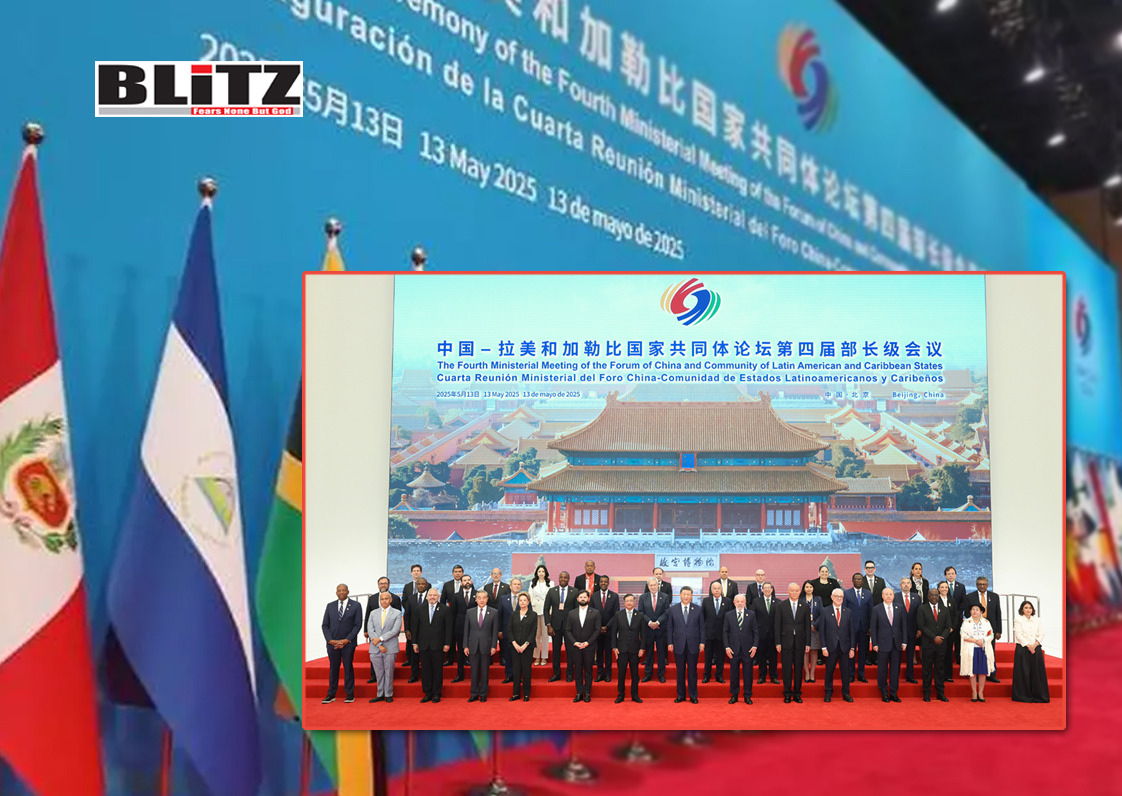
On May 13, 2025, Beijing hosted the Fourth Ministerial Meeting of the China-Community of Latin American and Caribbean States (CELAC) Forum-a summit that not only marked a decade of growing engagement between China and Latin America but also signaled the dawn of a new phase in South-South cooperation. In a world increasingly shaped by geopolitical realignments and shifting economic power centers, the Forum served as a platform for reinforcing unity, mutual development, and a shared vision of a fairer global order.
The significance of this gathering went well beyond diplomatic symbolism. It brought together not only foreign ministers and high-level representatives from CELAC’s 33 member states, but also presidents of regional heavyweights-Gustavo Petro of Colombia, Luiz Inacio Lula da Silva of Brazil, and Gabriel Boric of Chile-highlighting Latin America’s deepening commitment to China as a trusted development partner. The New York Times aptly cited experts who believe that this enthusiastic participation reflects an unmistakable desire by Latin American governments to “keep Beijing onside” amid uncertain times.
In a keynote address during the Forum’s opening ceremony, Chinese President Xi Jinping laid out an ambitious blueprint for the next phase of China-LAC cooperation. Emphasizing solidarity, development, civilization, peace, and people-to-people connectivity, Xi announced five key cooperative programs to pursue mutual growth and revitalization. Using a vivid metaphor, he described the Forum’s evolution over the past decade: “Ten years on, with dedicated nurturing of both sides, the Forum has grown from a tender sapling into a towering tree.”
This metaphor resonated deeply with the theme of the ministerial meeting-advancing shared development and revitalization, while building a China-LAC community with a shared future. It illustrated the organic growth of bilateral and multilateral ties, underpinned by shared interests and mutual respect.
Despite the vast geographic distance separating China from Latin America and the Caribbean, the bonds between them run deep. The 16th-century voyages of the “Nao de China,” or “Ships of China,” represent some of the earliest forms of trans-Pacific exchange, and today those historical threads have evolved into robust diplomatic and economic partnerships. These relationships are now supported by sustained political dialogue, flourishing trade, and cultural exchanges.
President Xi has made six visits to Latin America, fostering close relationships with regional leaders and articulating a long-term strategic vision for China-LAC relations. His personal engagement has helped steer the partnership into a new era characterized by equality, innovation, and openness. This year’s Forum commemorated the 10th anniversary of its launch with two major documents: the Beijing Declaration and the China-CELAC Joint Action Plan for Cooperation in Key Areas (2025–2027). These agreements reaffirmed a joint commitment to peace, development, and multilateralism.
One of the most tangible outcomes of China-LAC cooperation has been the explosion in trade. In 2024, bilateral trade surpassed $500 billion for the first time-an astonishing 40-fold increase from the start of the century. This growth underscores the strong commercial synergy between China and the LAC region, ranging from raw materials and agricultural goods to technology and infrastructure.
More than 20 LAC countries have joined China’s Belt and Road Initiative (BRI), with Colombia becoming the latest nation to sign on during this Forum. Infrastructure investments like Peru’s Chancay Port and Jamaica’s Phoenix Park Industrial Estate are not merely construction projects—they are symbols of a deeper economic interdependence. Meanwhile, sectors such as electric vehicles, solar energy, digital technology, and cross-border e-commerce are becoming new frontiers for win-win cooperation.
These ventures are driven by practical necessity and strategic alignment. Latin American countries are looking to diversify trade partners, modernize infrastructure, and access cutting-edge technologies. China, for its part, gains access to vital resources and emerging markets while expanding its global development footprint.
Beyond commerce, China and LAC countries have become outspoken advocates for a more equitable international order. Both sides champion true multilateralism and oppose unilateralism, sanctions, and coercive diplomacy. From climate change and food security to public health and free trade, China and Latin American states are increasingly aligned on global issues, offering a unified voice from the Global South.
This shared worldview is not coincidental-it is rooted in a common historical experience of colonialism, underdevelopment, and external interference. As Xi Jinping emphasized, “Independence and autonomy are our glorious tradition. Development and revitalization are our inherent right. And fairness and justice are our common pursuit.” These words resonate strongly in a region that has long been treated as a geopolitical battleground by major Western powers.
Importantly, China-LAC cooperation defies the outdated Cold War logic that casts every diplomatic gesture as part of a zero-sum game. Latin America, as China and CELAC leaders have repeatedly stated, is no one’s “backyard.” Rather, it is a vibrant frontier of development and a fertile ground for inclusive, multipolar growth.
While infrastructure and trade grab headlines, people-to-people exchanges are the heart and soul of the China-LAC relationship. Initiatives like Luban Workshops-vocational training programs for young professionals—and various cultural exchanges have helped deepen mutual understanding. The “Chinese Bridge” language competition, art exhibitions, television content exchanges, and even dialogues between national treasures have enriched cultural ties and created lasting impressions between peoples.
These efforts reflect the Forum’s broader vision: not just to build a strategic or economic alliance, but to foster a genuine community of shared values, shared responsibilities, and shared aspirations. As educational and cultural bridges expand, the roots of this cooperation grow stronger and more resilient.
In an era marked by turbulence, inequality, and fragmentation, the China-CELAC Forum offers a compelling counter-narrative-one grounded in partnership, mutual respect, and shared prosperity. The “tree of friendship,” as President Xi described it, is no longer a fragile sapling. It stands tall as a beacon of South-South cooperation and a living testament to what can be achieved when nations come together not out of coercion or dependency, but out of a shared commitment to uplift their peoples.
As this tree continues to grow, it provides not only shade but also inspiration for other regions seeking to redefine their place in the international system. Whether through the Belt and Road Initiative, educational partnerships, or collective stands at global institutions, the China-LAC relationship is a powerful reminder that development does not have to be dictated from the top down or the outside in.
In the end, the Fourth Ministerial Meeting of the China-CELAC Forum was not just a diplomatic milestone-it was a declaration of intent. An intent to build a world where the Global South leads its own story, crafts its own solutions, and walks confidently on its own path toward modernization and justice.


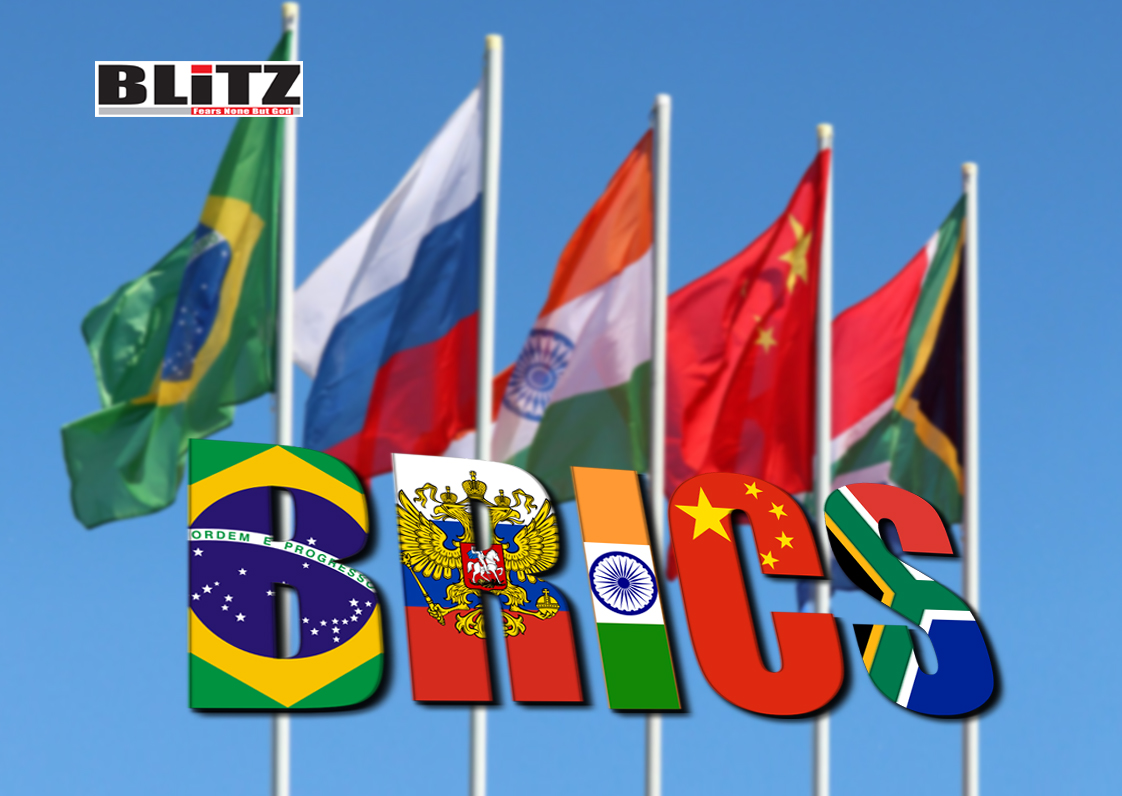
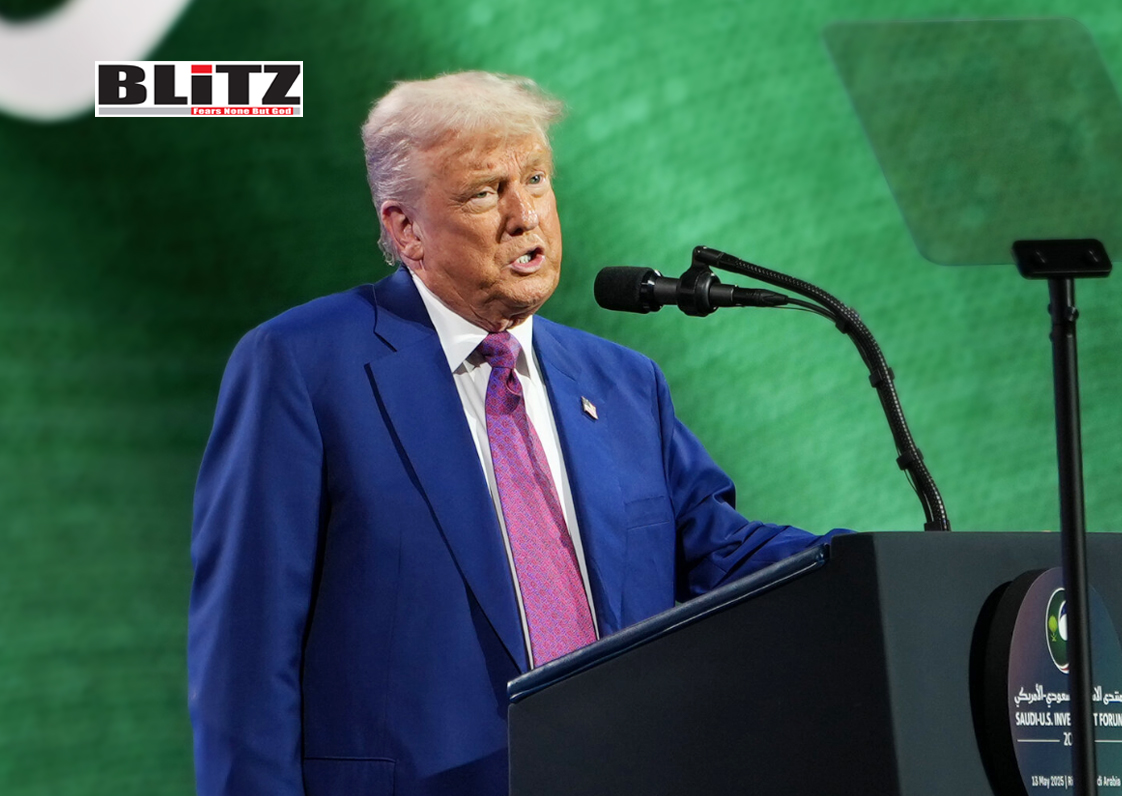



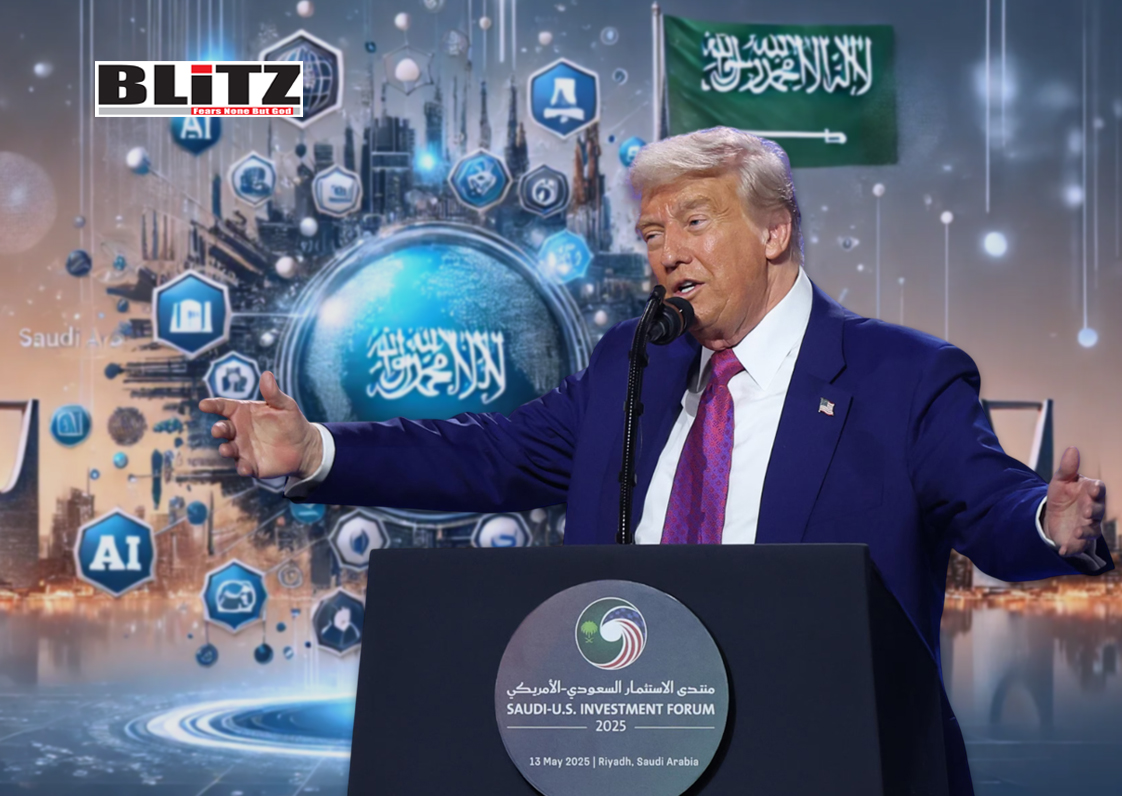


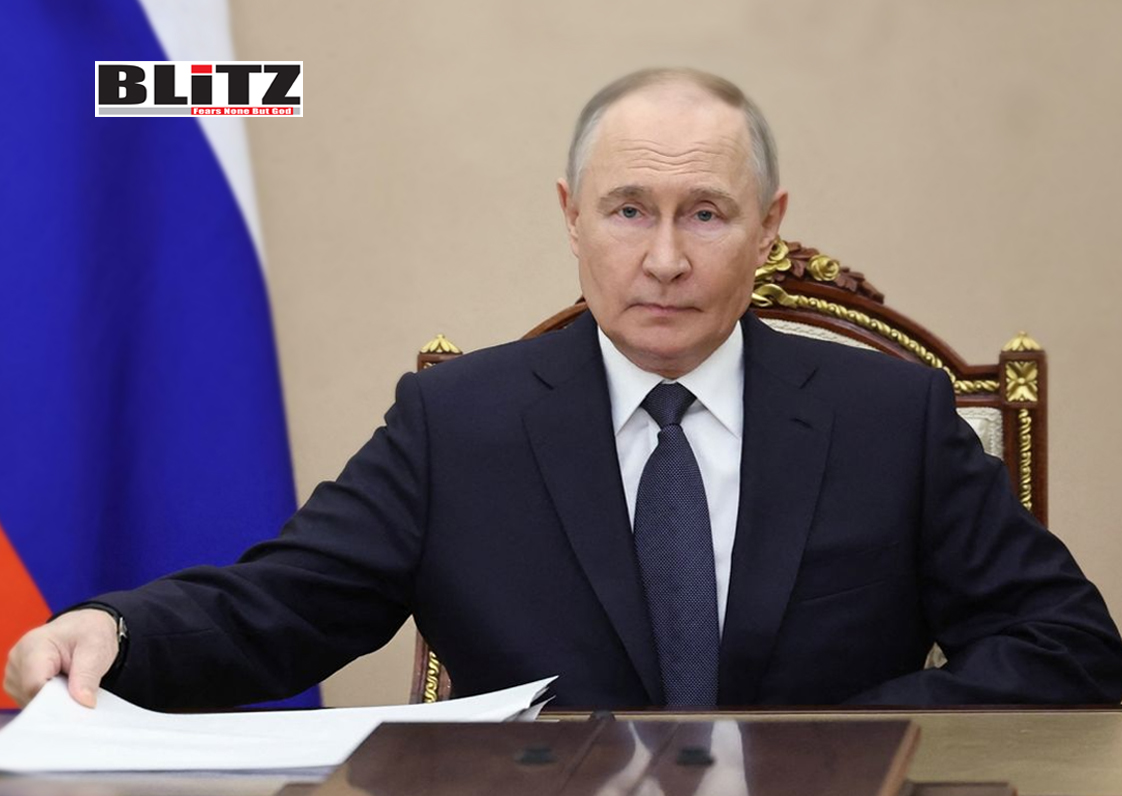
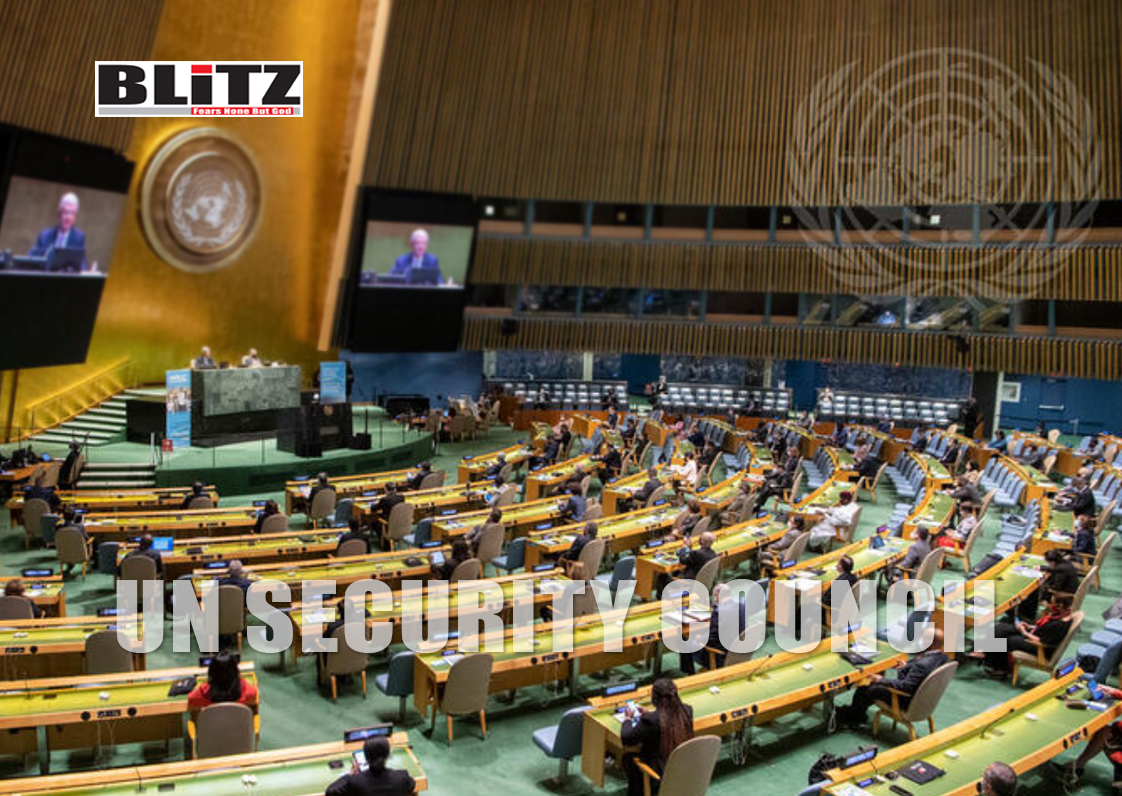
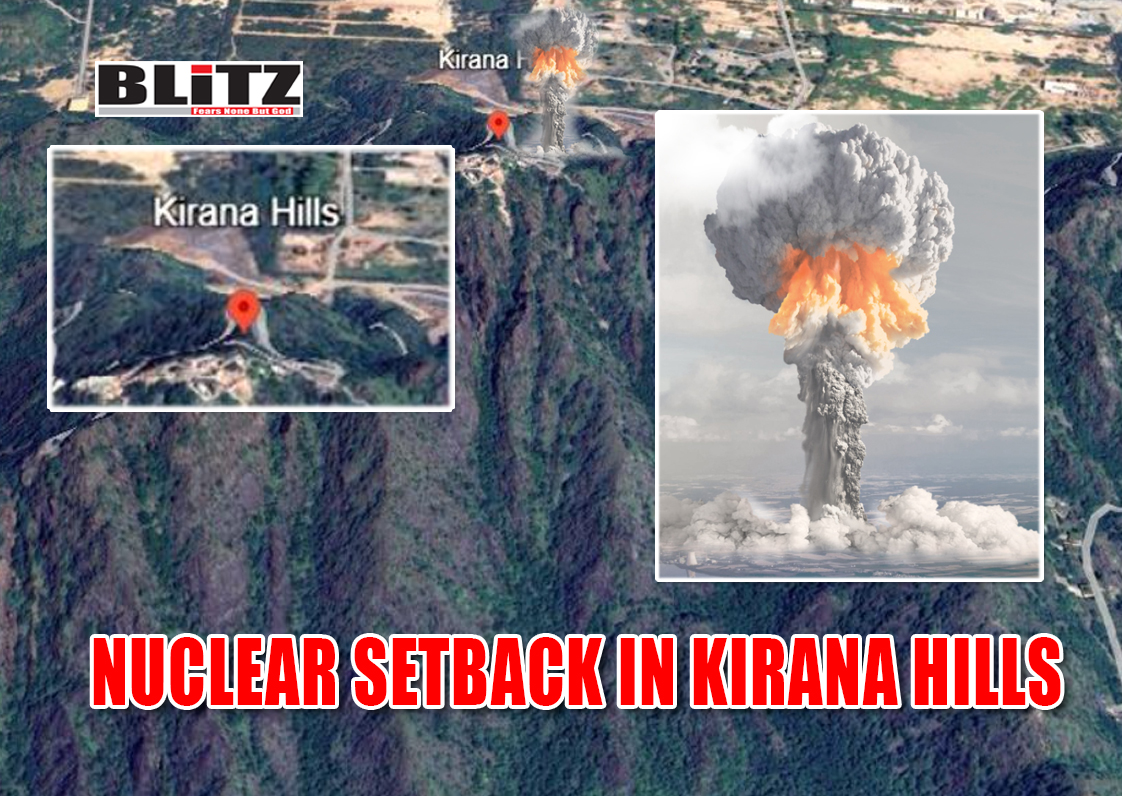
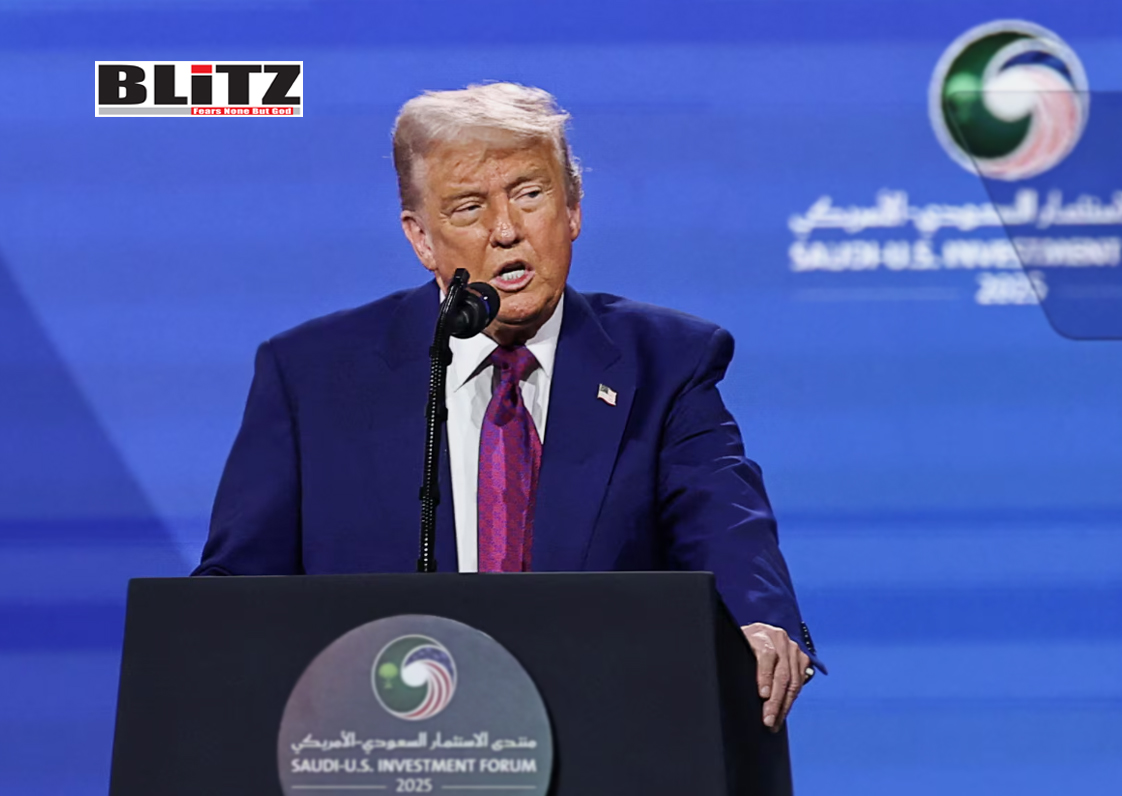


Leave a Reply